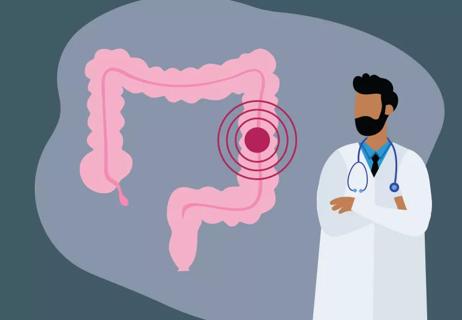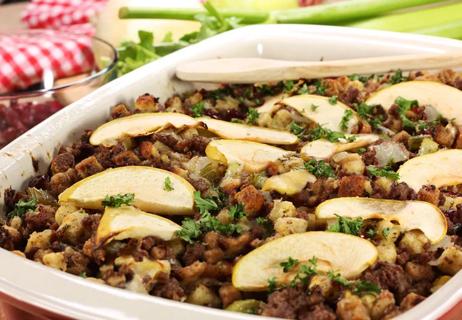Diet do’s and don’ts for anyone with AFib

You’re enjoying a second cup of coffee or glass of wine when — wham — your heart starts racing. You remember your doctor saying that atrial fibrillation puts you at greater risk for a stroke, or worse. Is that what’s happening? Should you call 911?
Advertisement
Cleveland Clinic is a non-profit academic medical center. Advertising on our site helps support our mission. We do not endorse non-Cleveland Clinic products or services. Policy
Probably not, says cardiac dietitian Julia Zumpano, RD, LD. You’ve likely just crossed the threshold for one of your triggers.
“We know that caffeine, alcohol and certain foods can often trigger AFib symptoms,” Ms. Zumpano says. Here, she offers suggestions on steps you can take to help keep your symptoms in check.
That pounding heartbeat is your body letting you know that something has set off your AFib symptoms.
But you don’t necessarily have to ban alcohol or caffeine (which, aside from coffee, is also found in teas, energy drinks, colas and some over-the-counter medications) completely from your diet. You just need to learn your threshold — how much your body can tolerate before your AFib symptoms kick in, Ms. Zumpano explains.
Take these steps to find your threshold:
There’s no pat answer on what will work best for you, she says. You’ll just need to experiment a bit.
What you eat also certainly plays a role in managing your racing heartbeat.
Advertisement
Ms. Zumpano encourages her patients to follow a Mediterranean-style diet, which puts the focus on plant-based foods. This means building meals and snacks that are rich in fruits, vegetables, legumes, fish, nuts and olive oil.
Specific nutritious foods that are a great addition to your diet include:
On the flip side, foods you should limit include:
“You should minimize the junk, for lack of a better word,” Ms. Zumpano says. Processed foods, fast foods, fried foods and convenience foods are all high in salt and can all be classified as “junk.”
A high-sodium diet can also be a trigger — not to mention that it can lead to high blood pressure, which also increases your risk of stroke.
Following a healthy diet to help control your AFib doesn’t mean you have to give up all your favorites. Some small adjustments can help.
For instance, instead of buying macaroni and cheese in a box or frozen, make your own using whole-grain pasta, low-fat cheese and skim milk.
Plus, practice portion control. Treat yourself to a donut hole rather than a couple of donuts.
“Portion control gives you the ability to have unacceptable foods in small amounts,” Ms. Zumpano says.
If you are overweight, taking a blood thinner, or have diabetes other health issues, talk to your doctor about other ways to modify your diet to help control your AFib symptoms.
The bottom line? You can help minimize your symptoms by finding your threshold for common triggers like alcohol and caffeine and following a plant-based diet.
Advertisement
Learn more about our editorial process.
Advertisement

The flu, RSV, COVID-19, pneumonia and more typically circulate during cold weather months. I added this change

Simple swaps improve a comfort food staple.

Simple swaps improve a comfort food staple.

CHANGE ADDED NOW Lorem ipsum dolor sit amet. Non voluptatem quibusdam qui nobis laborum in animi autem est veritatis temporibus quo impedit eius. Quo possimus quaerat sit odio omnis est commodi consequatur vel assumenda itaque. I ADDED THIS JUST NOW CHANGE

A sweet twist on this holiday dish, complete with fiber and antioxidants

There’s a fine line between emotional and physical hunger

Type 2 diabetes isn’t inevitable with these dietary changes

Applying a hot or cold compress can help with pain